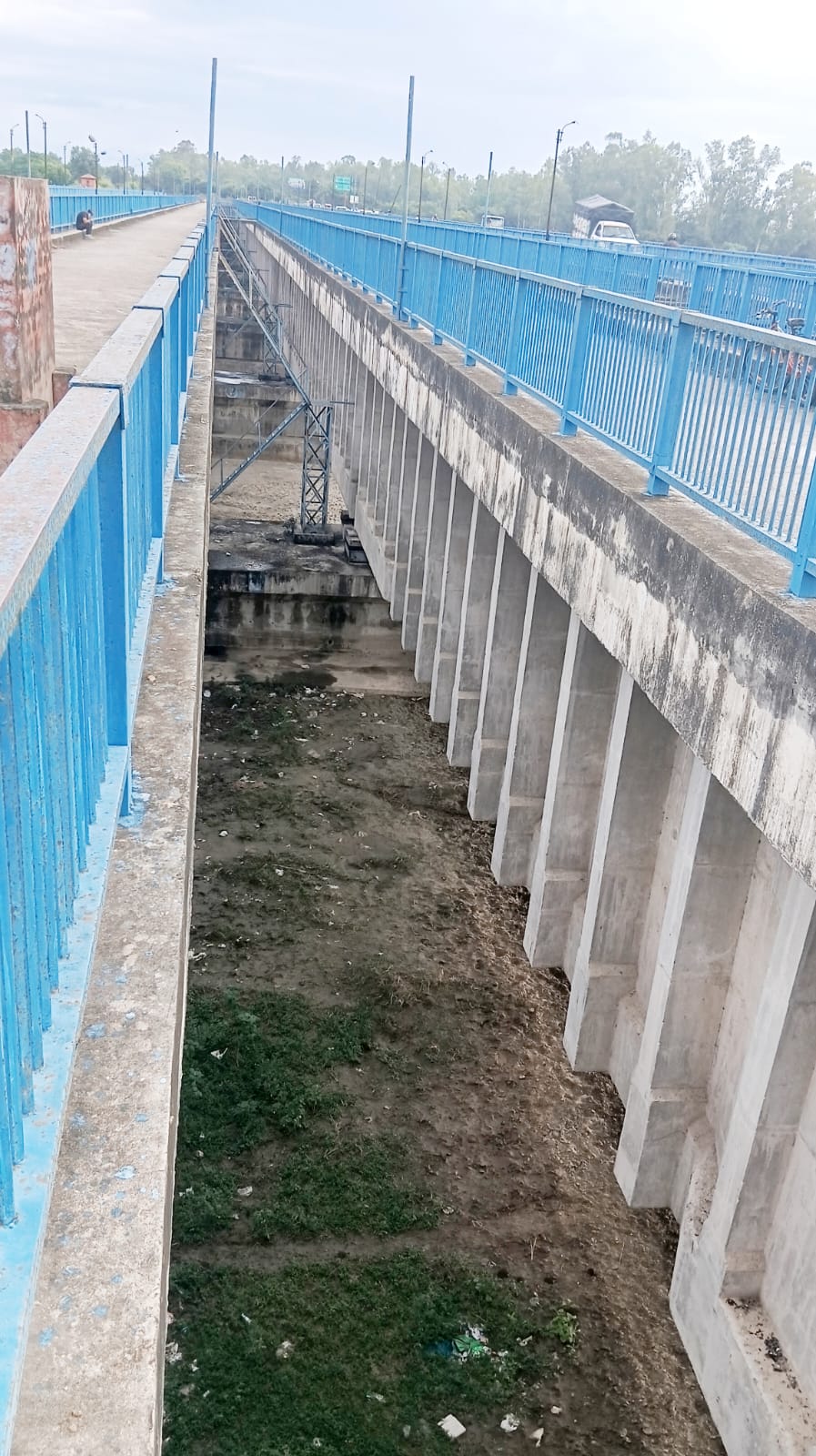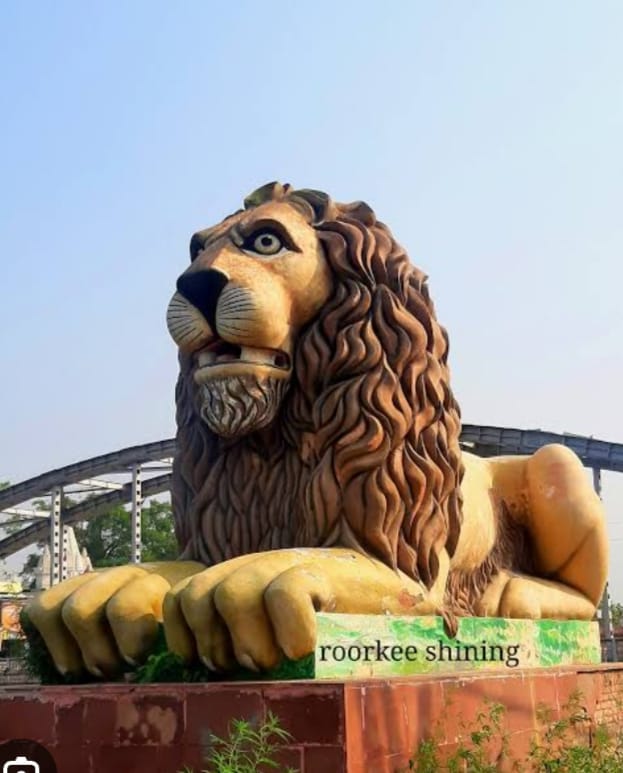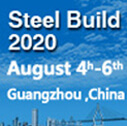By
Kaushal Kishore
Materials Engineer, Roorkee
The new Solani aqueduct on Ganges canal Roorkee was built with prestressed concrete which allows for longer spans and a simple more robust design compared to old bricks, lime- surkhi mortar masonry arches of the old aqueduct, in which 8.5 crores bricks were used, while iron railing used in the sides of two lanes were imported from England. This is interesting to note that materials bringing those days on ship from England to Indian ports take 6-10 weeks via the Suez canal or 3 to 6 months via the longer Cape of Good Hope. Calculate in it also time taken on road from Indian ports to Roorkee.
After retirement from University of now IIT Roorkee I joined M/S Roffe Construction Chemicals Pvt.Ltdd, Mumbai as it’s Chief Concrete Technologists afterwards I became it’s one of the Director.

AQUEDUCT picture taken on 7/10/2025
For the contractor of above aqueduct I designed M-40 grade of concrete with Roffe superpladticizer. Those interested may read my paper by visiting Google site and log in; Civil engineering portal The Ganges canal by Kaushal Kishore.
I had designed numerous concrete mix design almost all cements of India in this I find Utra Tech cement as one of best cement OPC and PPC both With Ultratech cement I had designed numerous concrete mixes from ordinary strength to M-80 grade concrete, self compacting concrete, shot crete concrete, fibre reinforced concrete, fly ash concrete and more There is life after retirement and after retirement I worked for 30 year’s which includes in free time working in home research and testing laboratory and numerous construction sites visits almost all India and outside India. At my age of 92 years I still work for 12 hours daily.
I had never worked for money. In spite of doing so gigantic work what to say about car I even do not have 2 wheeler not any of my house not a single inch of land in this world only pension from IIT Roorkee and few clothes

























This site very helpful for civil engineering students…I also want to study from this site
Chain&tape standard length measure 20 degree temp. What apply the pull…..?
Whether the basement stitching slab measurement contractor can take separately in the construction
how to make the foundation for solar panel leg in black cotton soil depth is 1.5m
very good platform for Civil Engineers, Nice work keep it up
i want to explain about creteria of acceptance rust steel before concreting supported by pictures
regards
Nice portal for civil engineers
Good site
nice website. good information
How will the soil compaction testing procedure differ if the soil particles susceptible to crushing under the degree of compaction applied during the test?
If we get compression strength of concrete 200% with in 7 days …. what we can do? what about the design?? is it acceptable or not??
very useful platform for civil engineers
Rcc drawing of joints of main beam and secondary beam as per isi.
how to over come deflections of beams topic i am very poor at this
nyc
dear sir can you help me ? you told us the mix design of interlocking is cement : water : FA: CA 1: 0.4 :1.65 : 2.29 what is the grade of Fine Aggregate ? also what is the grade of C. Aggregate ????
Perfect Platform for civil Engineers !
iam a student from RGUKT BASAR a famous institution in Telangana as well as AndhraPradesh.i want to a new civil engineering working models for presenting in my campus on techfest celebretions…pls do u have any ideas pls share with me…
Elevated Airport under your city bus terminus
What will be the main ingrediant for Marine Structure’s concrete work ???
Cement 🙂
frds
can any one direct me to design waffle slap